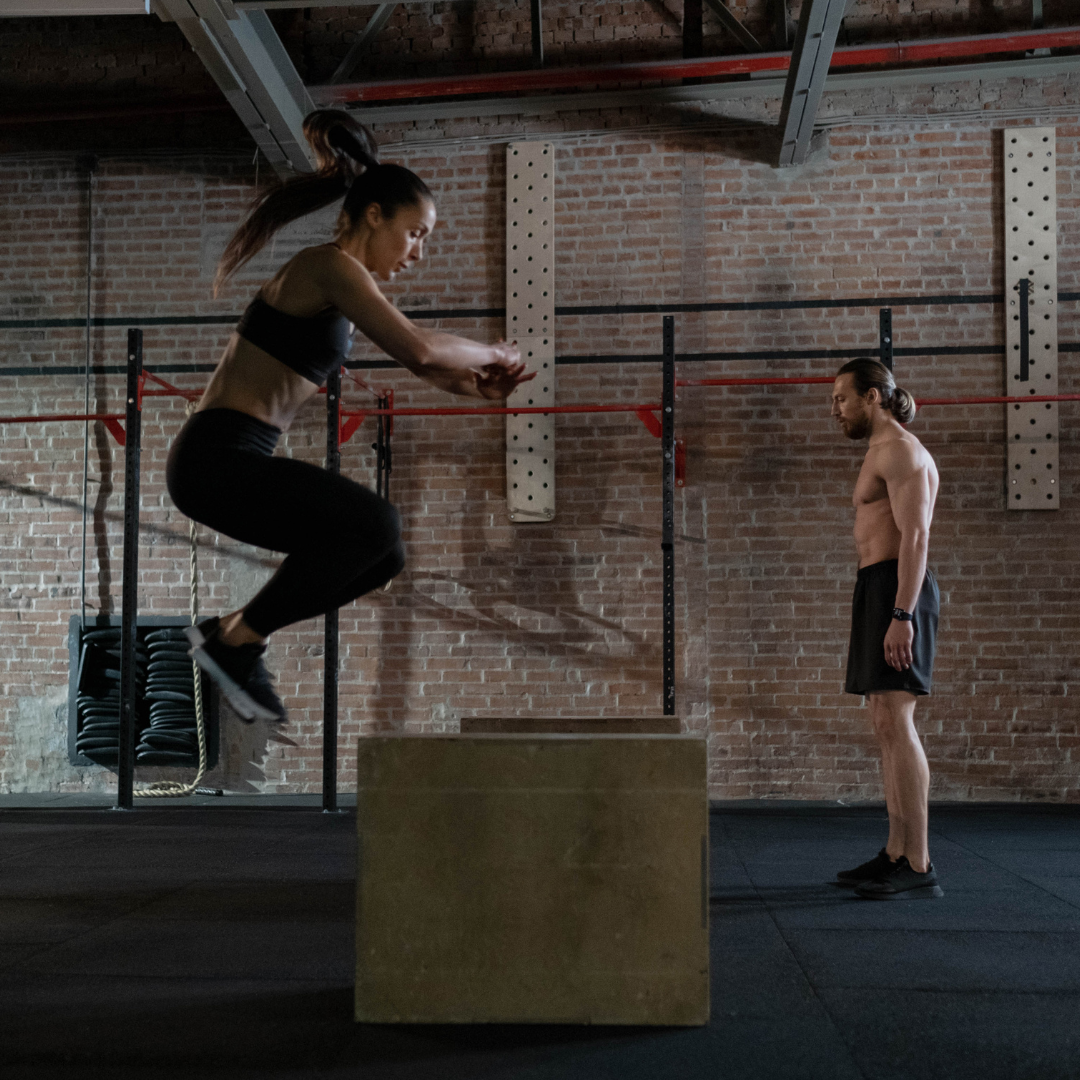
The Many Benefits of Plyometric Exercises
If you’ve ever been injured, you know the frustration of not being able to do the things you love. You might start to lose your motivation and feel like you’ll never be able to get back to where you were.
That’s where physiotherapists come in.
They help you recover from your injury and get you back on your feet (literally).
You may have heard your physiotherapist or doctor mention the term “plyometric exercises” as part of your rehabilitation program. But what exactly are plyometric exercises, and why are they often prescribed following an injury?
In this blog post, we’ll answer those questions and more, so you can have a better understanding of what plyometric exercises are, how they can help you recover from an injury, and when you can start incorporating them into your workout routine.
What does plyometric mean?
Plyometrics are a type of exercise that uses explosive movements to help build power. Plyometric exercises involve a rapid stretching of the muscle followed by a quick contraction.
This type of movement helps to improve the elasticity of the muscles, tendons, and ligaments, which can lead to improved power and performance.
Plyometric exercises can also be used to rehabilitate injuries.
Why Do Physiotherapists Prescribe plyometric exercises?
Physiotherapists often prescribe plyometric exercises to their patients as part of their rehabilitation program following an injury because they can help to restore normal muscle function. These exercises can help to improve the strength and power of the muscles around the injured area.
Plyometric exercises can also be used to prevent injuries from occurring in the first place. By strengthening the muscles and improving your balance and coordination, you’re less likely to suffer a sports-related injury.
How Do Plyometric Exercises Help Injuries?
Plyometric exercises can help injuries in a number of ways.
First, they help to improve the strength of the muscles around the injured area. This helps to support the joints and protect them from further damage. Second, plyometric exercises help to improve your balance and coordination. This can help you avoid future injuries by reducing your risk of falling or slipping. Finally, these exercises can help to increase your range of motion. This can be especially helpful if you’ve suffered an injury that has caused stiffness or limited movement in your joints.
What Are Some Plyometric Exercises I Can Do At Home?
There are a number of plyometric exercises that you can do at home without any special equipment. One simple exercise is called “jumping jacks.” To do this exercise, stand with your feet together and your arms at your sides. Then, jump up and spread your legs out so that they’re shoulder-width apart. As you jump, raise your arms up over your head. Return to the starting position and repeat for 30 seconds to 1 minute. Another easy exercise is called “jumping squats.” To do this exercise, stand with your feet shoulder-width apart and your hands at your sides. Then, squat down until your thighs are parallel with the ground. From here, jump up into the air as high as you can. When you land, return to the squatting position and repeat for 30 seconds to 1 minute.
Benefits of Plyometric Exercises
Plyometric exercises have a number of benefits, both for athletes and for those recovering from injuries. Some of the most notable benefits include:
- Increased power and explosiveness: This is due to the fact that plyometric exercises train your muscles to produce more force in a shorter period of time. This is beneficial for athletes who need to generate a lot of power, such as sprinters or jumpers.
- Improved coordination and balance: Because plyometric exercises require you to use multiple muscle groups at the same time, they can help improve your coordination and balance. This is especially beneficial for older adults who are at risk of falling.
- Enhanced athletic performance: As mentioned above, plyometric exercises can help improve your power and explosiveness, which can lead to enhanced athletic performance.
- Reduced risk of injury: Strong muscles can help protect your joints from injury. This is especially important for athletes who are at risk of joint injuries, such as runners or soccer players.
- Rehabilitation from injury: Plyometric exercises can also be used to rehabilitate injuries by strengthening the muscles around the injured joint. This helps reduce the risk of re-injury and can speed up the recovery process.
- Improved bone density: Plyometrics put stress on your bones, which can lead to increased bone density over time. This is especially beneficial for older adults who are at risk of osteoporosis or other bone diseases.
When Can I Start Doing Them?
The timing of when you can start doing plyometric exercises will depend on the type and severity of your injury. For example, if you’ve suffered a serious knee injury, your physiotherapist may not want you doing any high-impact movements until the joint has healed properly.
If you’re unsure about when you can start incorporating plyometric exercises into your workout routine, always check with your physiotherapist first. They will be able to give you specific guidance based on your individual situation.



